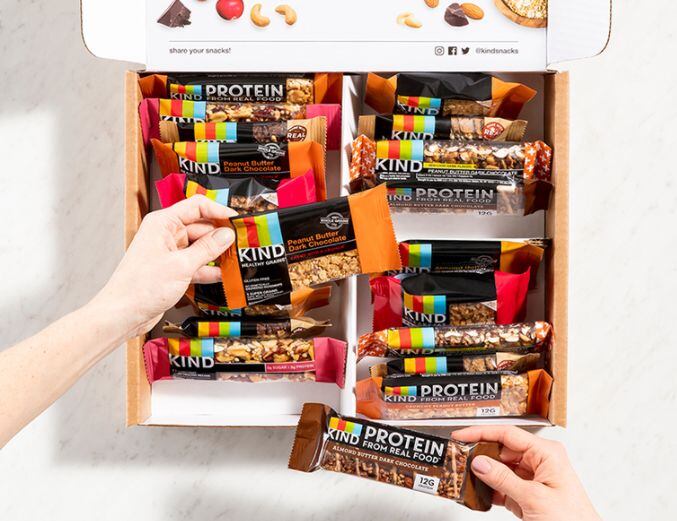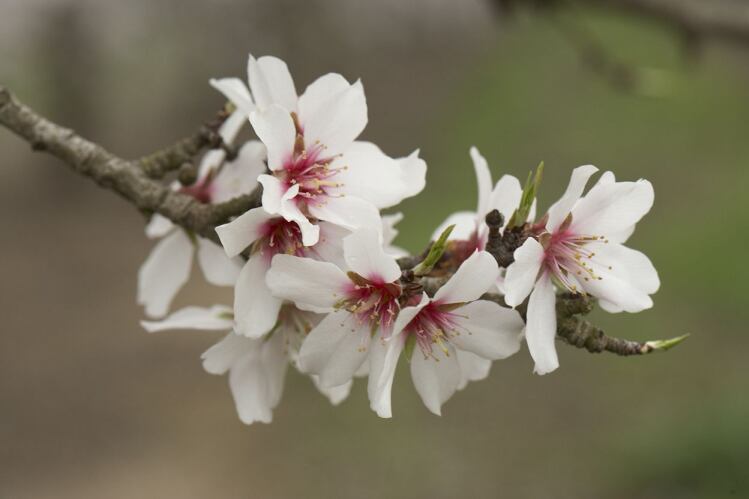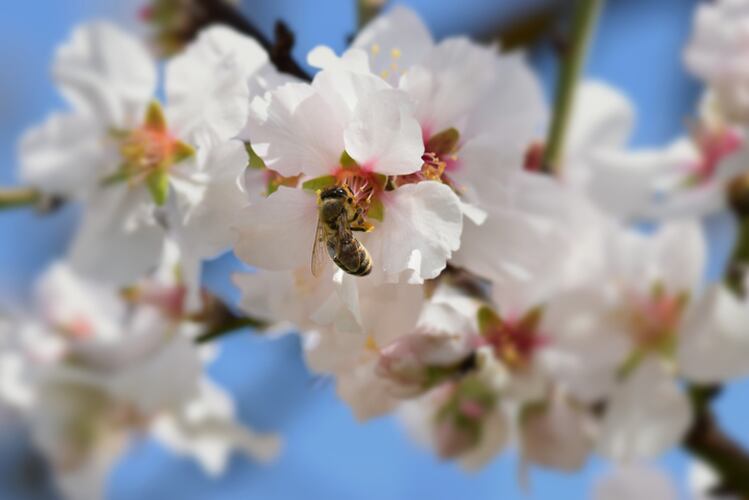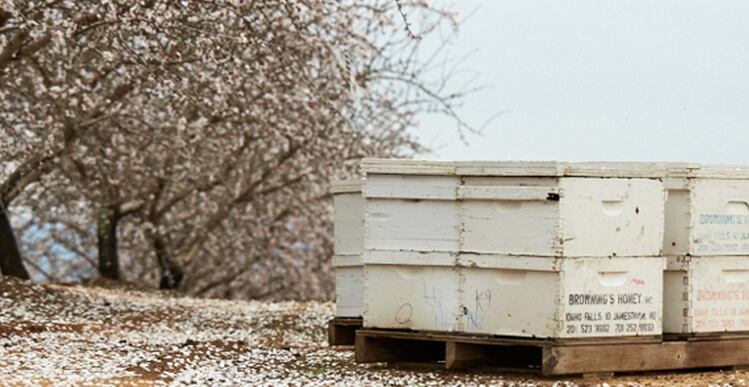KIND’s #1 ingredient by volume and spend, almonds are the lead ingredient in most of its products, said the firm, which as a baseline, will expect its almond suppliers to reserve 3-5% of their farmland for dedicated pollinator habitat to support bees, butterflies and other pollinators.
KIND has also worked with suppliers to eliminate the use of neonicotinoids and chlorpyrifos pesticides* and will use existing certification programs the Pollinator Partnership’s bee friendly scheme and the Xerces Society’s Bee Better scheme (although its “aim is not to make on-pack certification claims”) to validate its suppliers’ practices, as well as exploring new methods, Jenny Stanley, KIND sustainability manager, told FoodNavigator-USA.
“We’ve spent a lot of time over the past two years talking to experts and leaders in this space, farmers, nonprofits, the Almond Board of California, academics, so we’re relying on the available certification programs for validation purposes, but there might also be new and emerging ways to think about this issue.”
'Our aspiration and our hope is to bring others along with us'

Stanley also acknowledged that improving pollinator habit and looking at pesticide use are only two aspects of a complex problem, with experts noting that other key threats to honey bee health include varroa mites, which weaken adult and larval bees by consuming their fat stores and spreading lethal viruses; other pests and diseases (mites, viruses, bacteria, fungi); a lack of genetic diversity among bee strains in the US, and a reliance on a small pool of Queen Bees.
While varroa mites are a huge issue, however, that’s not an area where KIND can necessarily influence the market, said Stanley.
“We wanted to look at where we could play the most meaningful role out of the gate and support the industry wide effort to move in the right direction. It’s about lending our scale as an almond buyer to say we think this is really important, and we want others [almond purchasers] to join us. Our aspiration and our hope is to bring others along with us.
“There’s a great deal of work that’s already been done [almond growers are pretty motivated when it comes to ensuring honey bees are healthy and happy, given that it costs them almost $400/acre to hire these furry little pollinators upon which the success of their crop entirely depends], so we just want to accelerate the work, as only a very small percentage of almond-growing acres are currently considered bee-friendly.”
As part of its bee-friendly commitment, The KIND Foundation is making a $150,000 investment in the Williams Lab at the University of California, Davis to “help answer critical questions about bee health and track the efficacy of these farm-level improvements.”
Colony collapse disorder
As explained in a 2018 report from the USDA, honey bees are dying in record numbers: “In fall 2006 and over the ensuing winter and spring, a new health threat to honey bees emerged with a mysterious set of diagnostic symptoms in lost colonies. Entomologists soon termed this new threat colony collapse disorder. Between 2007 and 2015, winter colony loss rates averaged 28.8%, almost twice the 15% rate considered to be normal.”
That said, there appears to be "no systematic relationship between winter loss rates and subsequent annual changes in the number of managed colonies," which have remained surprisingly stable over the past 15 years, noted the USDA.
While almond growers are addressing the factors they can directly control (pesticide use, planting forage, wildflowers in and around orchards), they are also funding research (via ABC) into areas outside of their immediate control such as strategies for dealing with the varroa mite; bringing in ‘foreign’ bees to help US beekeepers improve breeding stock; and supporting traveling bee doctors who monitor hives and advise beekeepers on pest and disease treatment, Dr Josette Lewis, director of agricultural affairs at the Almond Board of California told FoodNavigator-USA earlier this year.
“A big challenge is getting implementation of some of the tools we know improve bee health, getting bee keepers to monitor hives more regularly for varroa mites and treat them while the problem is still manageable; changing the Queen Bee breeding industry and preferences for certain kinds of Queen Bees.”
As for almond growers, she says: “A good portion are doing the right thing, but there’s always room for improvement. Of the 20%+ of growers that participate in our California Almonds sustainability program, about half are implementing the practices that align with the Bee Friendly farming certification, and the numbers are growing every year.”

According to ABC data, almond ‘bearing’ acreage in California (which produces 80%+ of the world’s almonds) increased from 777,000 acres in 2010 to 1.17million acres in 2019 (+7.3% vs 2018).
This year’s crop - being harvested now - is looking to come in at around 3bn lbs (vs 2.27bn lbs in 2018/19).
While you could extrapolate from this that only 10% of growers therefore meet the Bee Friendly criteria, the actual number is likely higher, as many growers that don’t participate in the sustainability program are nevertheless adopting bee-friendly practices, she said.
“I would hesitate to put a number on the percentage of almond growers following Bee Friendly Farming because I suspect it is higher than 10%. We have pushed hard on our bee best management practices for the last five years, which are key elements of the BFF certification. Adding forage on top of that gets to the BFF criteria and I suspect more than 10% of farms already do cover crops or hedgerows.”
* As for the class of pesticide called neonicotinoids, which are often blamed for honey bees’ health problems, “There are actually very little neonics used in almond production [in California]; there’s occasional use for some minor pests, but it’s not a major category of pesticide use in the US compared to something like row crops [such as soy and corn – which grow in areas in the Midwest where honeybees spend part of the year],” says Dr Josette Lewis, director of agricultural affairs at the Almond Board of California (ABC).
The ABC also notes that insecticide spraying has declined by more than 70% since 2014.
KIND told us: "Neonics are actively being used in Australia and while our announcement focuses on California (because that's where most of the world's almonds come from today) KIND is using more almonds from Australia to serve its International supply than ever before."
To tackle naval orangeworms, meanwhile the ABC advocates an aggressive non-chemical integrated pest management system that starts with getting rid of ‘mummy nuts’ left on trees after harvest by shaking them again (the moths lay their eggs on the mummy nuts).


